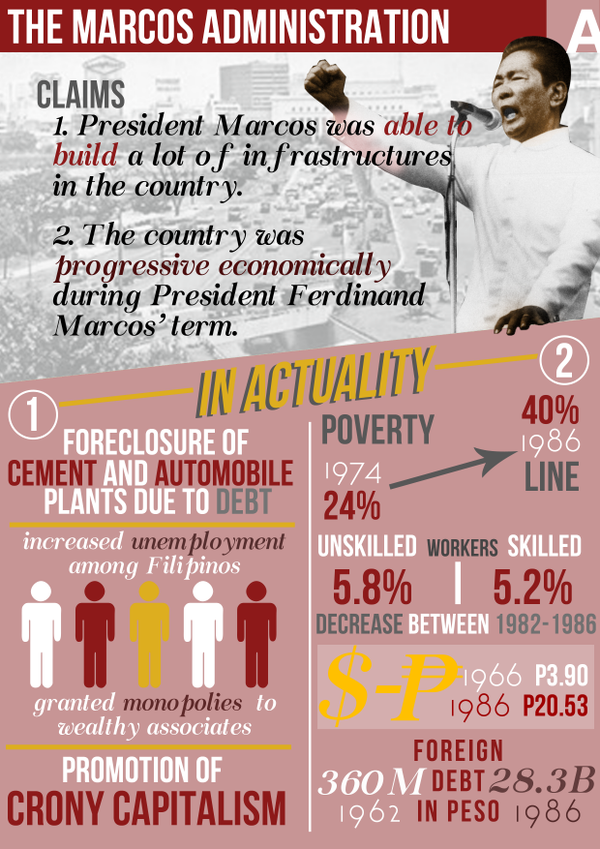Step Into The Exciting Trip Of Martial Arts, Where Old Customs Ram Modern Techniques, Exposing Tricks That Continue To Shape Today's Battle Society
Step Into The Exciting Trip Of Martial Arts, Where Old Customs Ram Modern Techniques, Exposing Tricks That Continue To Shape Today's Battle Society
Blog Article
Web Content Produce By-Hess TRUE
Martial arts have a remarkable history that extends centuries and continents. You might locate it appealing how old techniques like Shuai Jiao and Kalaripayattu prepared for contemporary fight strategies. These disciplines not only highlight physical abilities but additionally show the cultures that birthed them. As you explore their development, consider just how globalization has actually transformed these typical types into crossbreed styles. What impacts do you assume have shaped today's martial arts landscape?
Ancient Martial arts: The Structures of Battle
As you look into the world of ancient martial arts, you'll uncover the abundant foundations that formed combat techniques across societies. Very early techniques focused on Self-Defense and survival, usually including strikes, grappling, and weapons.
In ancient China, as an example, techniques like Shuai Jiao highlighted throws and joint locks, while India's Kalaripayattu showcased dexterity and liquid movement. Japanese samurai established Kenjutsu, a polished swordsmanship that highlighted discipline and technique.
These martial arts served not just for fight however also as a way of individual advancement, instilling values like regard and determination. The mixing of these strategies in time prepared for the diverse martial arts you see today, each mirroring the unique approaches and demands of its society.
The Cultural Impact on Martial Arts Advancement
While martial arts frequently show the functional demands of a culture, they likewise embody the social values and beliefs of their beginnings. When you explore different martial arts, you'll observe just how they're influenced by religion, viewpoint, and social standards.
For instance, the focus on respect and self-control in Japanese martial arts comes from Zen Buddhism and samurai culture. On the other hand, Brazilian Jiu-Jitsu promotes adaptability and method, shaped by the demand for efficiency in a diverse, multicultural atmosphere.
pride martial arts might discover that the routines, uniforms, and training methods show an area's background and identification. By comprehending these social influences, you strengthen your recognition of martial arts and their function fit human experiences across the globe.
Modern Adaptations and the Globalization of Martial arts
Martial arts have changed dramatically in current decades, adapting to contemporary culture and global influences. You'll discover that standard forms have blended with modern methods, creating hybrid styles like mixed martial arts. These adjustments deal with varied target markets, making martial arts obtainable and appealing around the world.
With the surge of social networks and digital platforms, you can locate tutorials and competitors from all corners of the globe, damaging geographical barriers. This globalization has led to a shared recognition for various disciplines, from Brazilian Jiu-Jitsu to Taekwondo.
As you involve with these arts, you'll understand they're not nearly battle; they advertise fitness, technique, and psychological wellness.
Eventually, modern adaptations have actually enriched the martial arts landscape, making it a dynamic and advancing practice.
Final thought
In checking out the background and development of martial arts, you uncover a remarkable mix of techniques, cultures, and ideologies. From old self-controls like Shuai Jiao and Kalaripayattu to the modern-day flexibility seen in MMA, martial arts mirror humanity's quest for Self-Defense and personal development. As you engage with these methods, you not only gain abilities yet also a deeper appreciation for the diverse customs that shape our globe today. So, continue your journey and embrace the art of fight!
